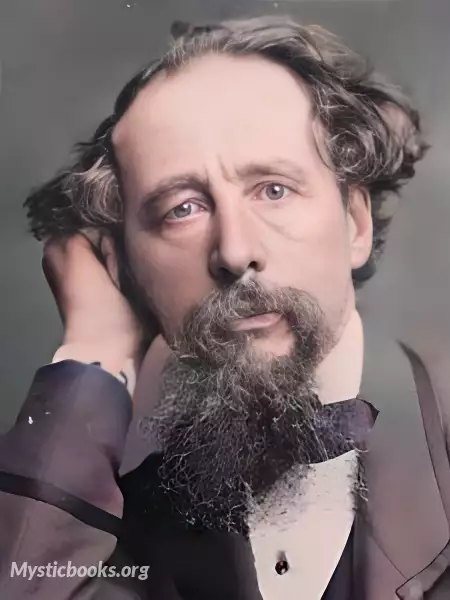
Timeline
Title
Country/Nationality
Charles Dickens
Charles Dickens created some of the world's best-known fictional characters and is regarded by many as the greatest novelist of the Victorian era.
Charles John Huffam Dickens was born on 7 February 1812 at 1 Mile End Terrace (now 393 Commercial Road), Landport in Portsea Island (Portsmouth), Hampshire, the second of eight children of Elizabeth Dickens (née Barrow; 1789–1863) and John Dickens (1785–1851).
Dickens left school to work in a factory when his father was incarcerated in a debtors' prison. Despite his lack of formal education, he edited a weekly journal for 20 years, wrote 15 novels, five novellas, hundreds of short stories and non-fiction articles, lectured and performed readings extensively, was an indefatigable letter writer, and campaigned vigorously for children's rights, education and other social reforms.
As a young man, Dickens expressed a distaste for certain aspects of organised religion. In 1836, in a pamphlet titled Sunday Under Three Heads, he defended the people's right to pleasure, opposing a plan to prohibit games on Sundays. "Look into your churches – diminished congregations and scanty attendance. People have grown sullen and obstinate, and are becoming disgusted with the faith which condemns them to such a day as this, once in every seven. They display their feeling by staying away [from church]. Turn into the streets [on a Sunday] and mark the rigid gloom that reigns over everything around."
Dickens was the most popular novelist of his time, and remains one of the best-known and most-read of English authors. His works have never gone out of print, and have been adapted continually for the screen since the invention of cinema, with at least 200 motion pictures and TV adaptations based on Dickens's works documented.
From the beginning of his career in the 1830s, Dickens's achievements in English literature were compared to those of Shakespeare.
On 9 June 1865, while returning from Paris with Ellen Ternan, Dickens was involved in the Staplehurst rail crash. The train's first seven carriages plunged off a cast iron bridge that was under repair. The only first-class carriage to remain on the track was the one in which Dickens was travelling. Before rescuers arrived, Dickens tended and comforted the wounded and the dying with a flask of brandy and a hat refreshed with water, and saved some lives. Before leaving, he remembered the unfinished manuscript for Our Mutual Friend, and he returned to his carriage to retrieve it.
On 8 June 1870, Dickens suffered another stroke at his home after a full day's work on Edwin Drood. He never regained consciousness and, the next day, he died at Gads Hill Place. Biographer Claire Tomalin has suggested Dickens was actually in Peckham when he suffered the stroke and his mistress Ellen Ternan and her maids had him taken back to Gads Hill so that the public would not know the truth about their relationship. His resting place is Poet's Corner, Westminster Abbey, England
Books by Charles Dickens
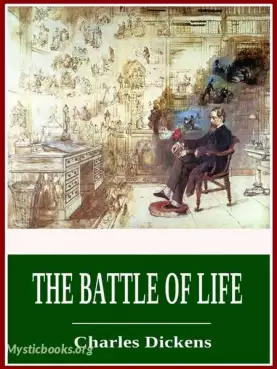
The Battle Of Life
While “The Battle of Life” is one of Charles Dickens’ Christmas Books – his annual release of a story just before Christmas – this one breaks the tradition by not being concerned with Christmas. Rather, its subtitle, “A Love Story”, reveals more of t...
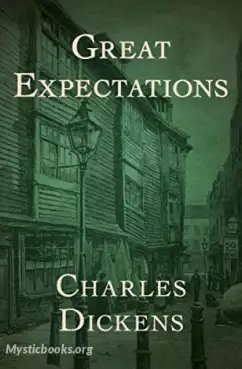
Great Expectations
Great Expectations is written in the first person and is virtually a fictional autobiography of “Pip” from his childhood, through often painful experiences, to adulthood. It charts his progress as he moves from the Kent marshes – his social status ra...
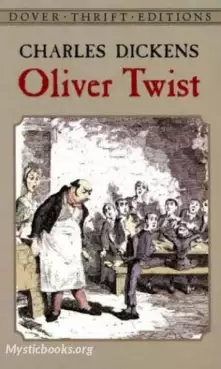
Oliver Twist
Set in the first half of the 19th century, the classic novel presents the story of young orphan Oliver Twist, who endures tumultuous events in a society burdened by poverty, crime and malice. After being poorly treated in a workhouse, Oliver escapes...
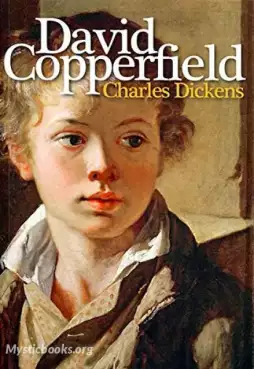
David Copperfield
Charles Dickens is one of the most appreciated Victorian writers, his novels gaining worldwide recognition by both critics and readers. First published in 1850, David Copperfield begins with avid the tragedy of David's brother dying when David is jus...
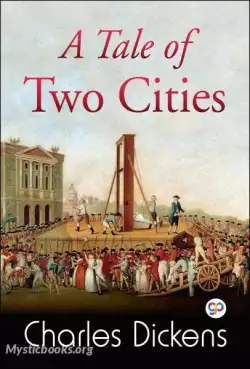
A Tale of Two Cities
Its immortal opening lines, "It was the best of times, it was the worst of times..." set the stage for a sweeping narrative that combines drama, glory, honor, history, romance, brutality, sacrifice and resurrection. A Tale of Two Cities by Charles D...
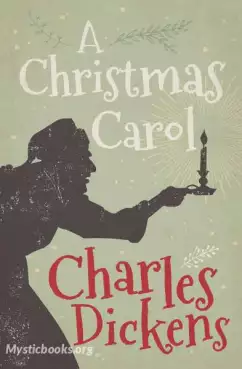
A Christmas Carol
“A squeezing, wrenching, grasping, biting, clutching, covetous old sinner” is hardly hero material, but this is exactly what makes A Christmas Carol by Charles Dickens such an unforgettable book and its hero, Ebenezer Scrooge such an extraordinarily...
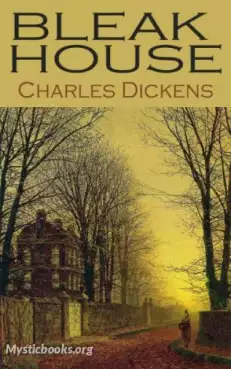
Bleak House
Bleak House is a novel by Charles Dickens, first published as a 20-episode serial between March 1852 and September 1853. The novel has many characters and several sub-plots, and is told partly by the novel's heroine, Esther Summerson, and partly by a...
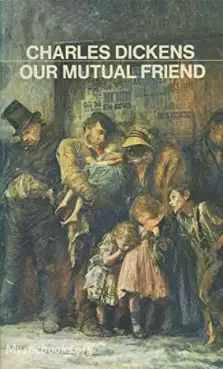
Our Mutual Friend
Our Mutual Friend, written in 1864–1865, is the last novel completed by Charles Dickens and is one of his most sophisticated works, combining savage satire with social analysis. It centres on, in the words of critic J. Hillis Miller, quoting from the...
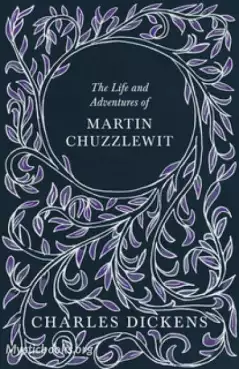
The Life and Adventures of Martin Chuzzlewit
The Life and Adventures of Martin Chuzzlewit (commonly known as Martin Chuzzlewit) is a novel by Charles Dickens, considered the last of his picaresque novels. It was originally serialised between 1842 and 1844. While he was writing it Dickens told a...
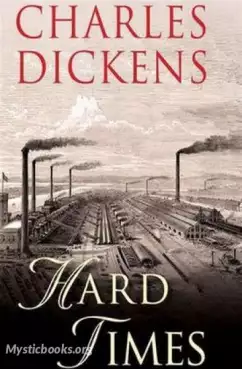
Hard Times
Hard Times: For These Times (commonly known as Hard Times) is the tenth novel by Charles Dickens, first published in 1854. The book surveys English society and satirises the social and economic conditions of the era. Hard Times is unusual in severa...
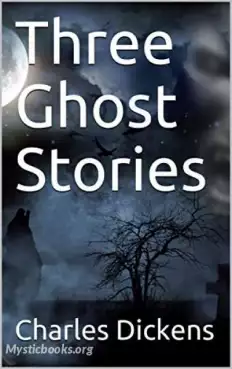
Three Ghost Stories
A bone-chilling trio of supernatural tales by fiction master Charles Dickens In "The Haunted House," a new homeowner discovers he is sharing his bed with the skeleton of the house's former master. In "The Trial for Murder," a revengeful ghost haunts...
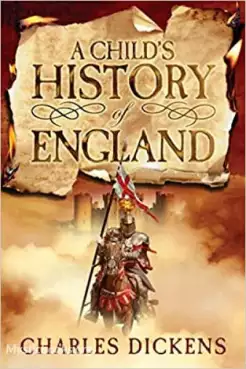
A Child's History of England
A Child's History of England is a book by Charles Dickens. It first appeared in serial form in Household Words, running from 25 January 1851 to 10 December 1853. Dickens also published the work in book form in three volumes: the first volume on 20 De...
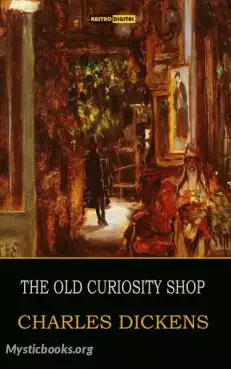
The Old Curiosity Shop
The Old Curiosity Shop is one of two novels (the other being Barnaby Rudge) which Charles Dickens published along with short stories in his weekly serial Master Humphrey's Clock, from 1840 to 1841. It was so popular that New York readers stormed the...

Little Dorrit
Little Dorrit is a novel by Charles Dickens, originally published in serial form between 1855 and 1857. The story features Amy Dorrit, youngest child of her family, born and raised in the Marshalsea prison for debtors in London. Arthur Clennam encoun...
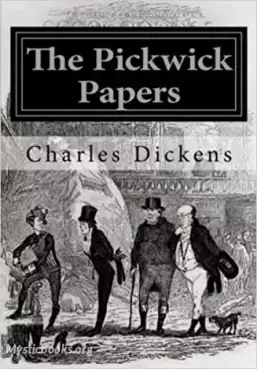
The Pickwick Papers
The Posthumous Papers of the Pickwick Club (also known as The Pickwick Papers) was Charles Dickens' first novel. Because of his success with Sketches by Boz published in 1836 Dickens was asked by the publisher Chapman & Hall to supply descriptions to...
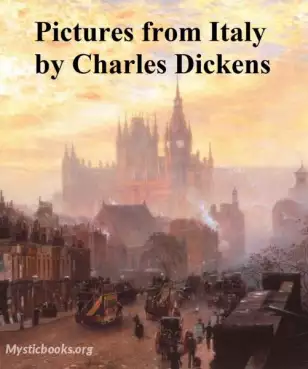
Pictures from Italy
Pictures from Italy is a travelogue by Charles Dickens, written in 1846. The book reveals the concerns of its author as he presents, according to Kate Flint, the country "like a chaotic magic-lantern show, fascinated both by the spectacle it offers,...
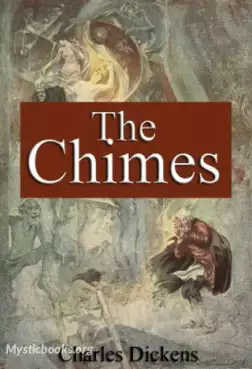
The Chimes
The Chimes: A Goblin Story of Some Bells that Rang an Old Year Out and a New Year In, commonly referred to as The Chimes, is a novella written by Charles Dickens and first published in 1844, one year after A Christmas Carol. It is the second in his s...
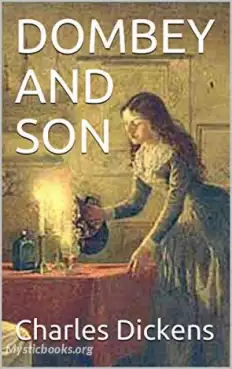
Dombey and Son
Dombey and Son is a novel by English author Charles Dickens. It follows the fortunes of a shipping firm owner, who is frustrated at the lack of a son to follow him in his footsteps; he initially rejects his daughter’s love before eventually becoming...
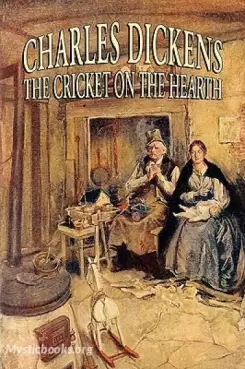
The Cricket on the Hearth
The Cricket on the Hearth: A Fairy Tale of Home is a novella by Charles Dickens, published by Bradbury and Evans, and released 20 December 1845 with illustrations by Daniel Maclise, John Leech, Richard Doyle, Clarkson Stanfield and Edwin Henry Landse...

The Frozen Deep
The Frozen Deep is an 1856 play, originally staged as an amateur theatrical, written by Wilkie Collins under the substantial guidance of Charles Dickens. Dickens's hand was so prominent—beside acting in the play for several performances, he added a p...

The Wreck of the Golden Mary
The story follows the passengers and crew of the Golden Mary, a ship bound for California during the Gold Rush. The ship is shipwrecked on an iceberg, and the survivors are stranded in a lifeboat, struggling to survive. The Wreck of the Golden Mary i...
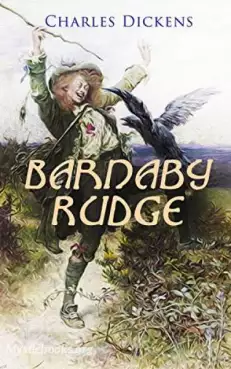
Barnaby Rudge
Barnaby Rudge: A Tale of the Riots of Eighty (commonly known as Barnaby Rudge) is a historical novel by British novelist Charles Dickens. Barnaby Rudge was one of two novels (the other was The Old Curiosity Shop) that Dickens published in his short-l...
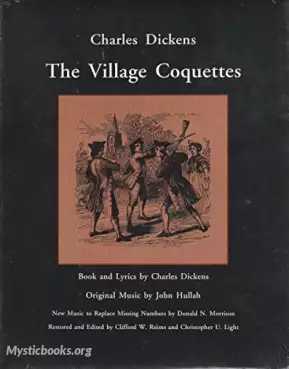
The Village Coquettes
It is a short play in two acts with musical numbers interspersed throughout. Think of it as akin to an episode of a modern sitcom with music ... mindless entertainment that can be enjoyed, counted on to divert cares, and readily forgotten before one’...
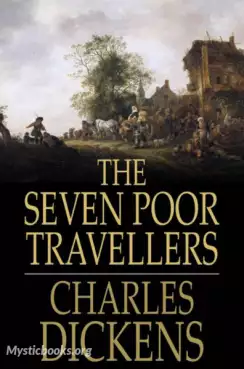
The Seven Poor Travellers
The first chapter relates Dickens' visit to the ancient Richard Watts's Charity at Rochester. The second chapter is the touching story of "Richard Doubledick", which Dickens supposedly told the travellers, and Dickens' journey home on Christmas morni...
Showing 1 to 24 of 94 results